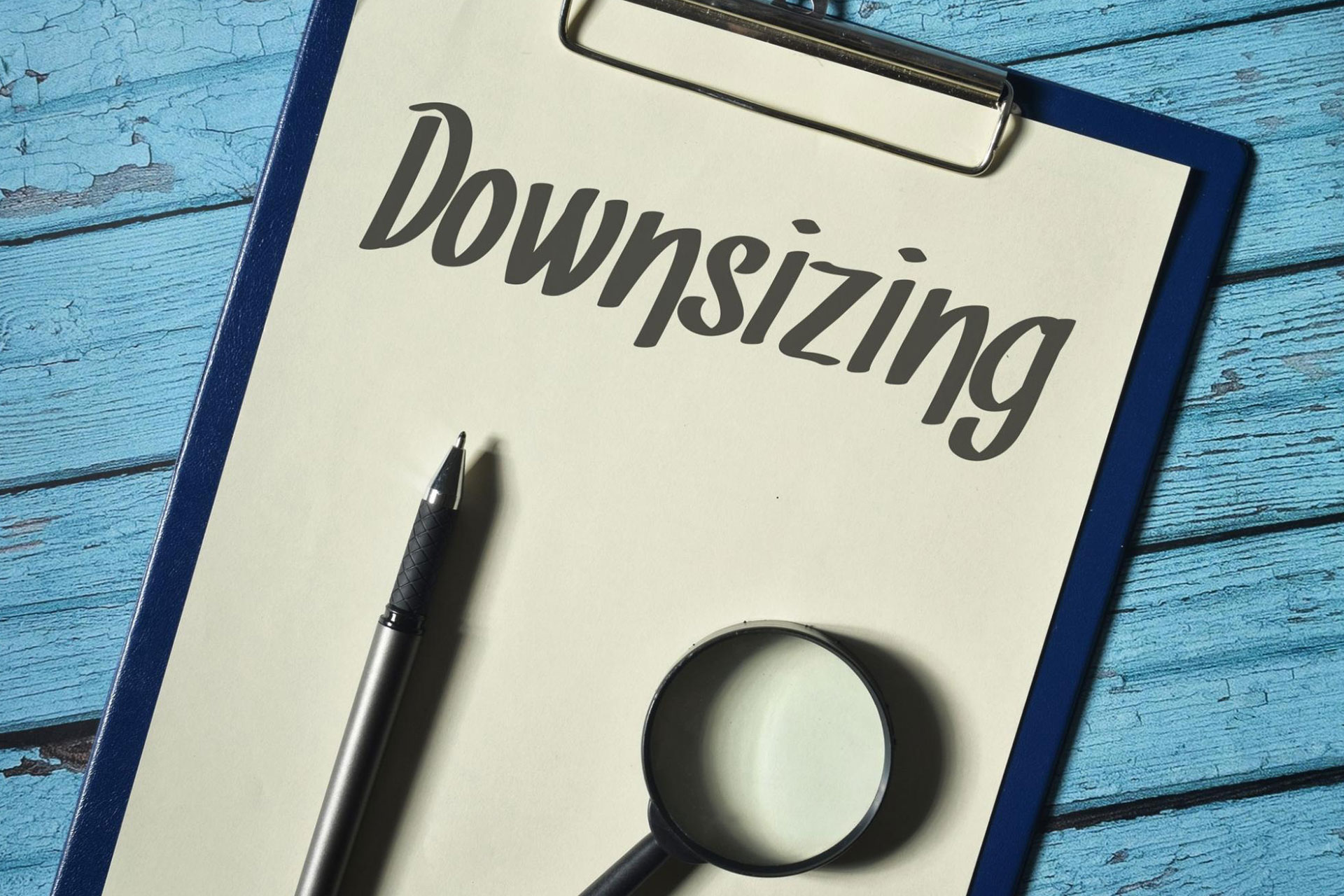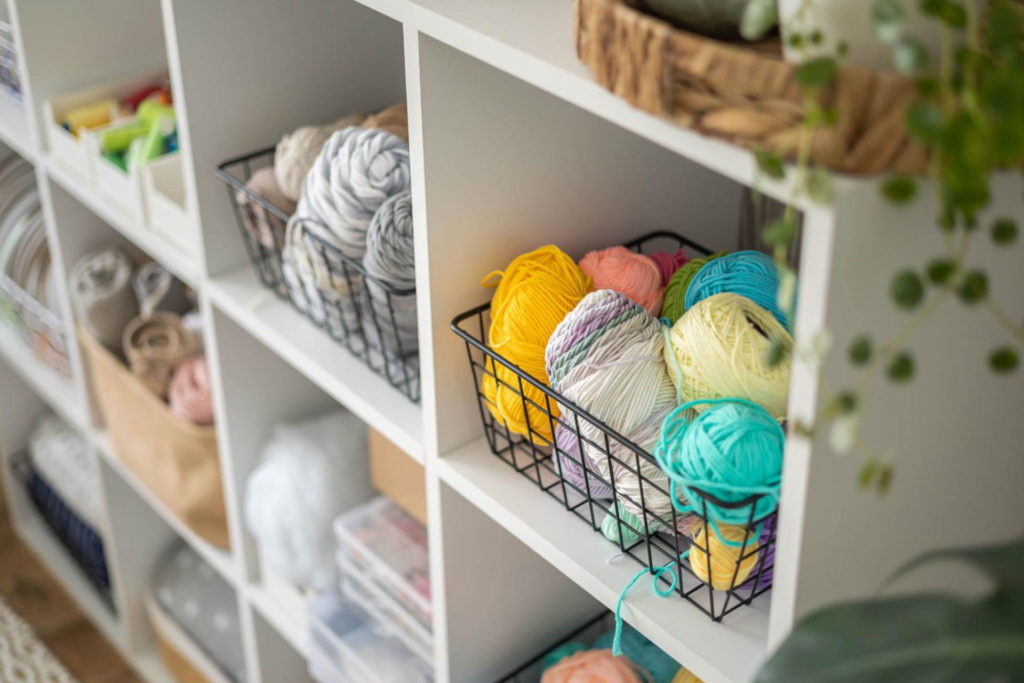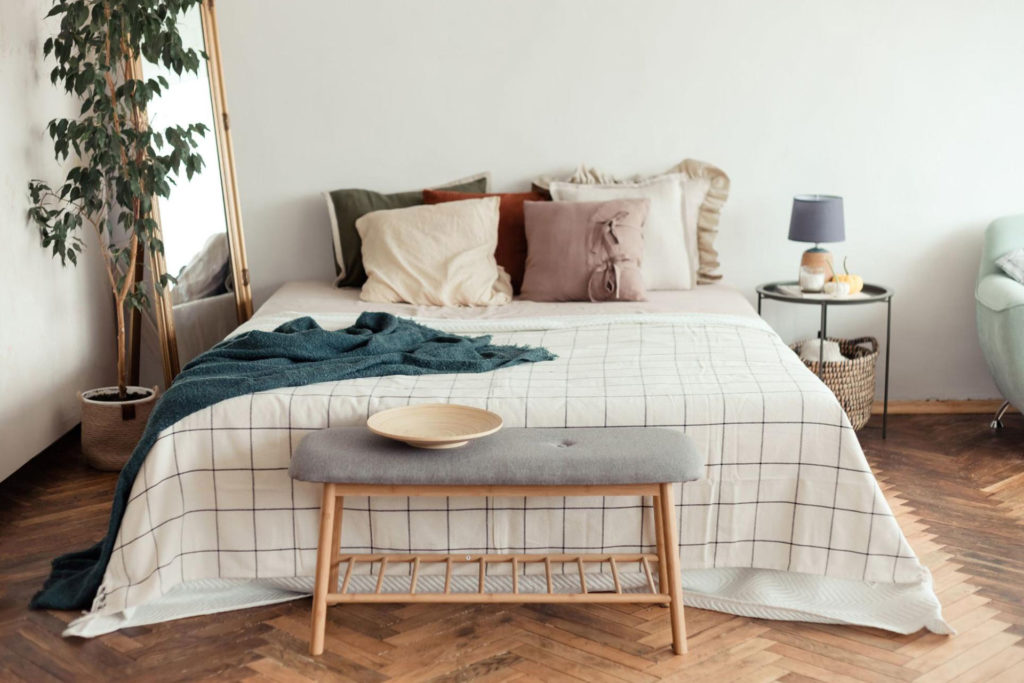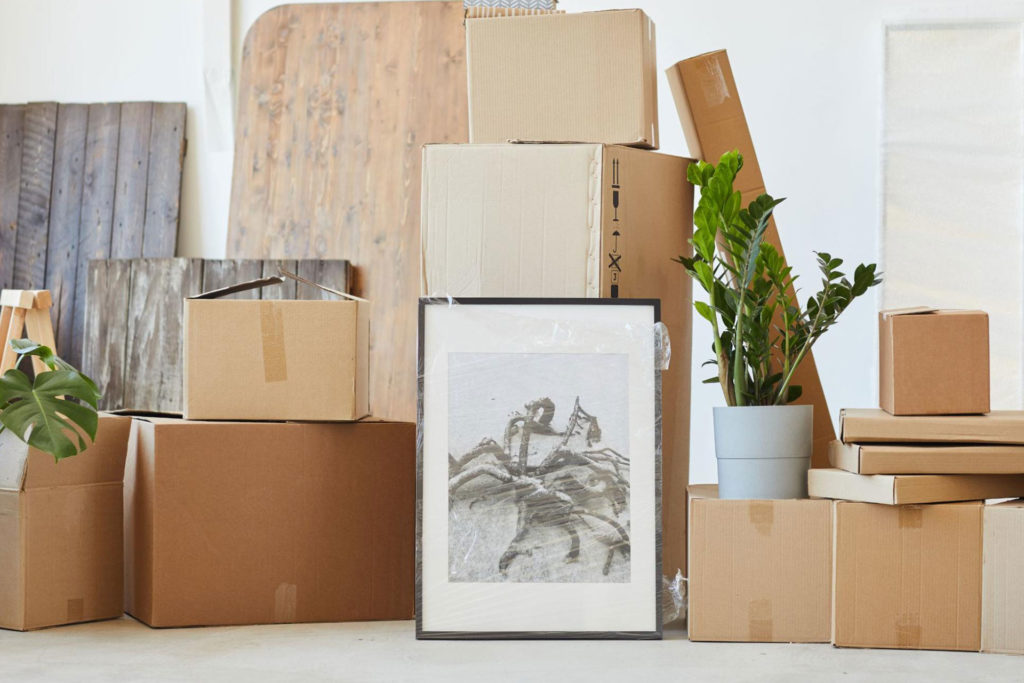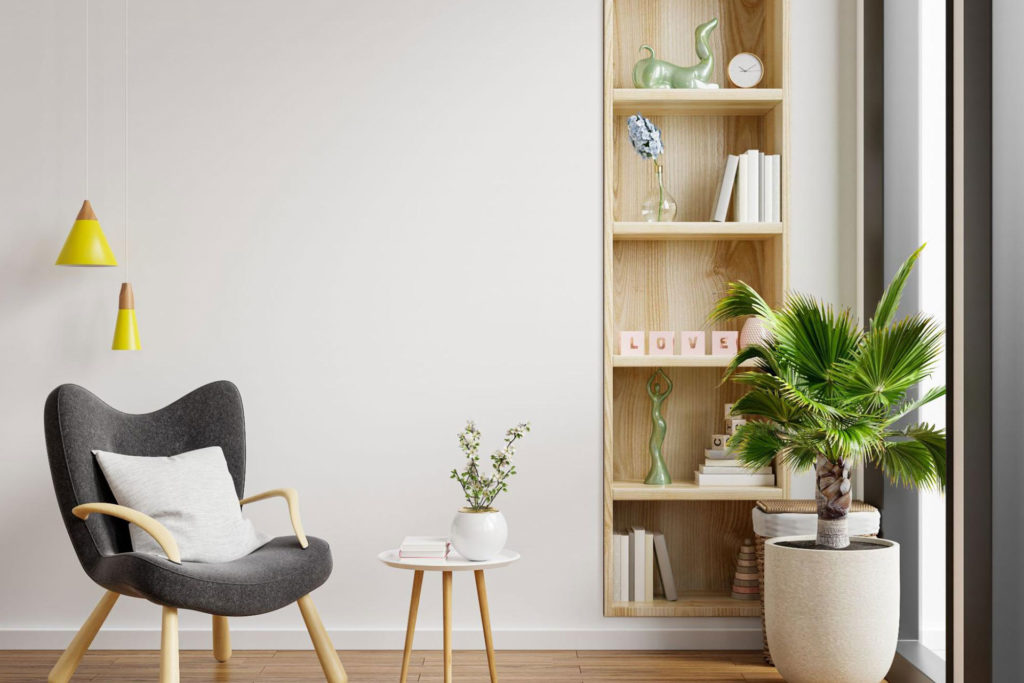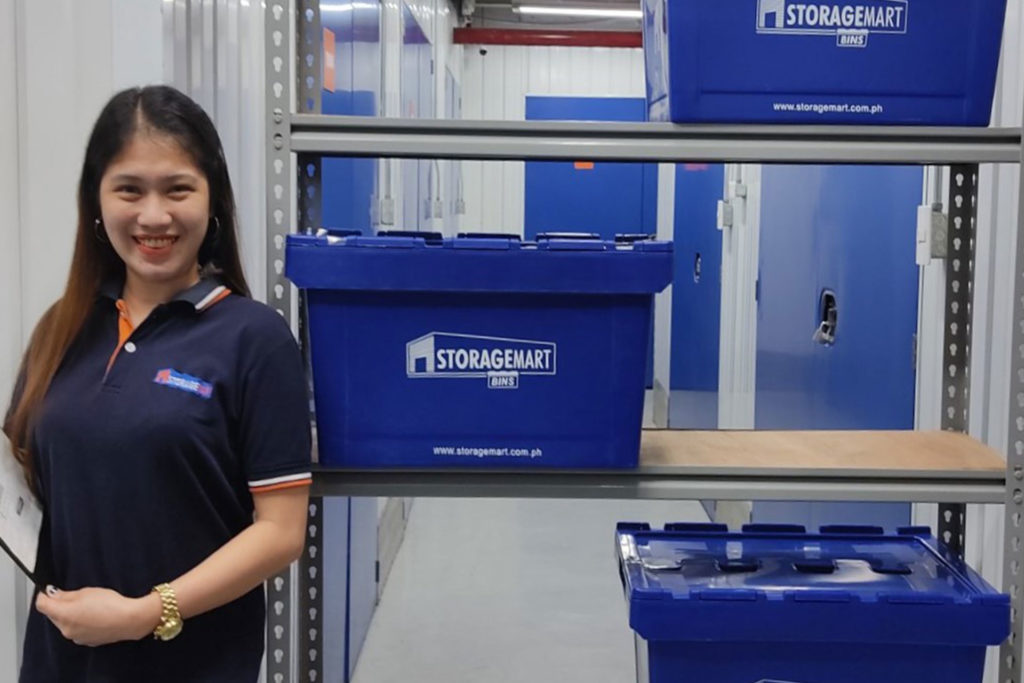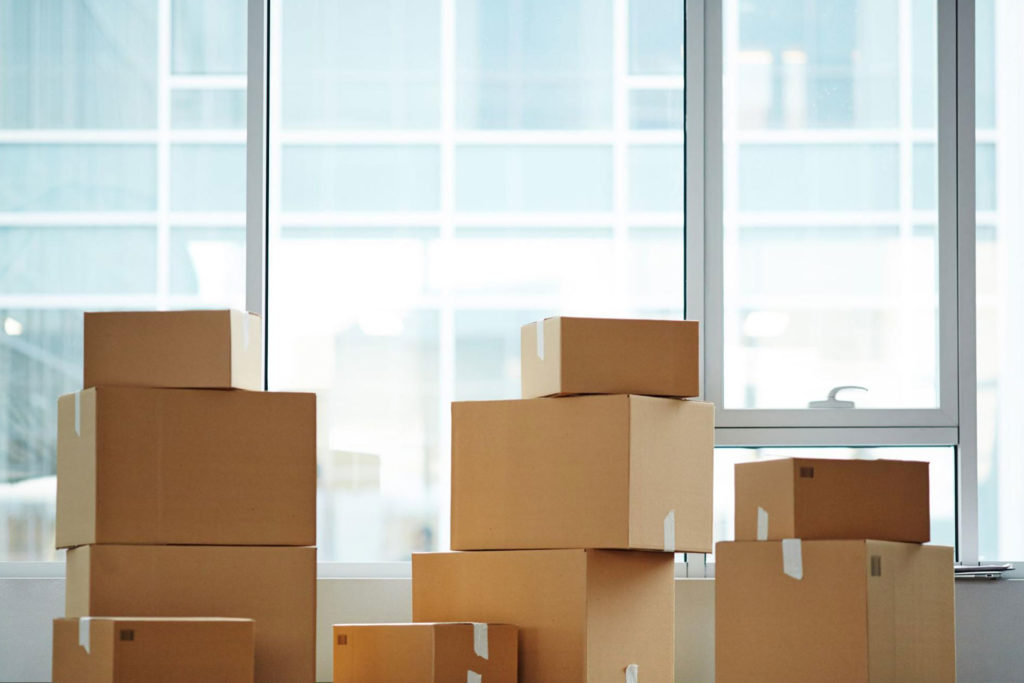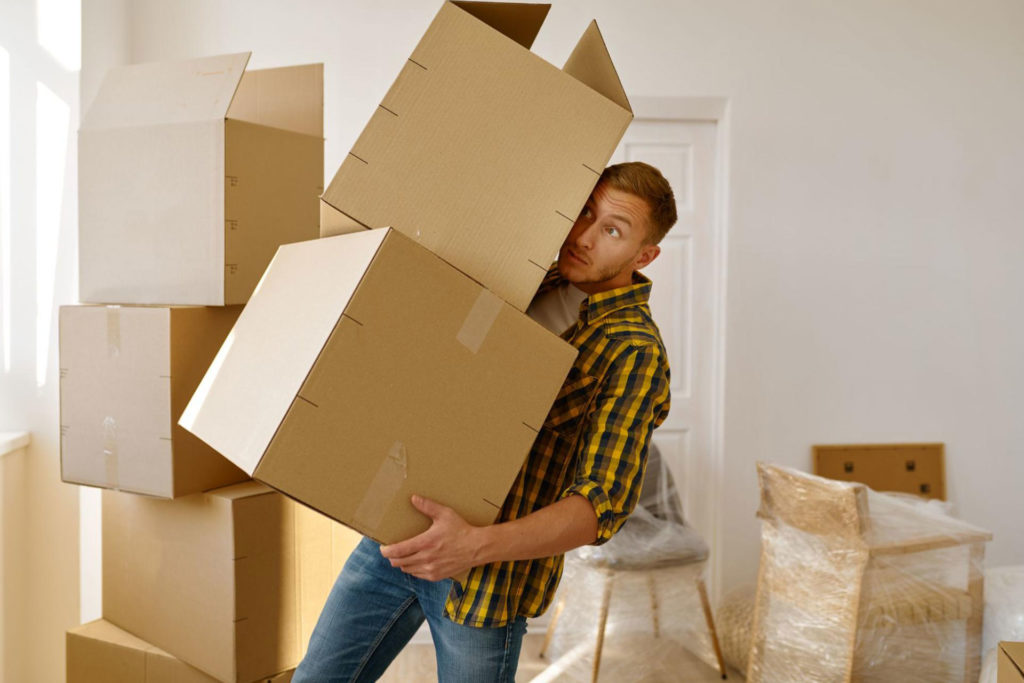Retirement, simple living, utilizing storage space, and cost-cutting are just some of the various reasons why people choose to downsize. Downsizing involves buying a smaller house than what you currently own to better settle or cope up with your present lifestyle change. It is typically seen as an ideal solution for people who opt to live in a smaller home to strengthen the bond of the family and those who are having difficulty with maintaining expenses in their current home.
However, downsizing is not that easy to do because you basically have to go through every single stuff you own to check if they are still necessary and would fit with your new living transitions. It would take time and the process is not done in an instant. With that, here are tips to help you successfully downsize.
1. Don’t Rush and Plan Out Everything

Planning out everything ahead of time can help ease the transition and enable you to go through the process of downsizing seamlessly. In doing this, you will be able to avoid cramming and rushing all the tasks that come with downsizing, giving yourself more time to rationally decide on the next step. For many families, downsizing is a big decision to make because there will be a shift in lifestyle and living arrangements, which is why it is necessary to determine your plans.
2. Declutter in Advance
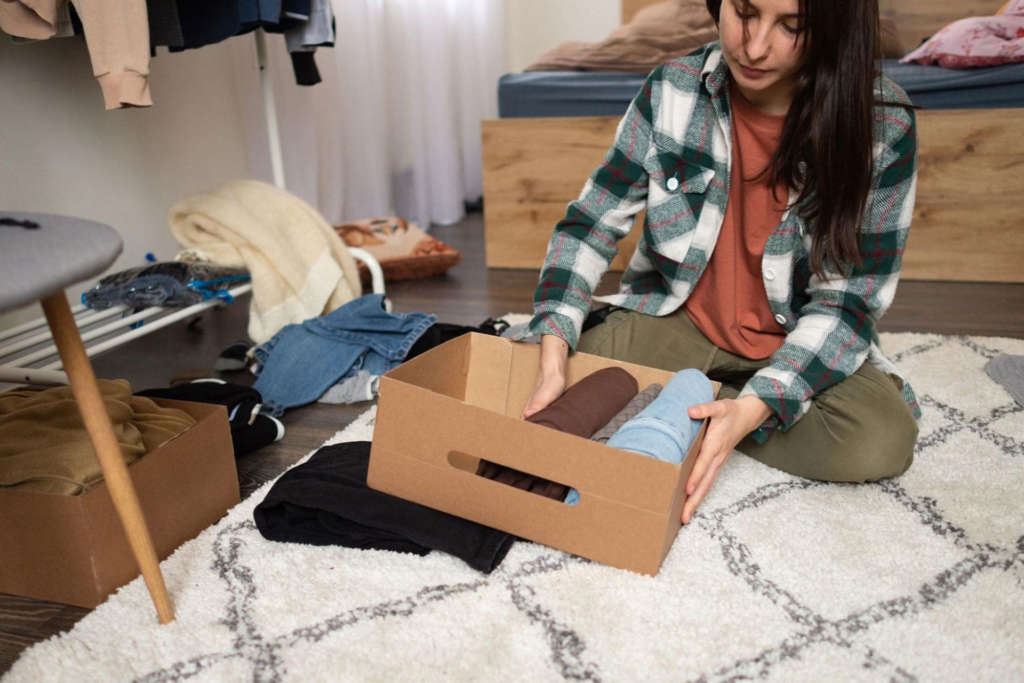
Cramming won’t do you any good, especially when you are in the process of decluttering. Since decluttering takes time, you have to see to it that you do it in advance. This helps you better sort through items and check whether they should still come with you or be disposed of. Decluttering also helps you clear some storage space, which is necessary when you are downsizing to a smaller home.
3. Make an Inventory of Your Belongings
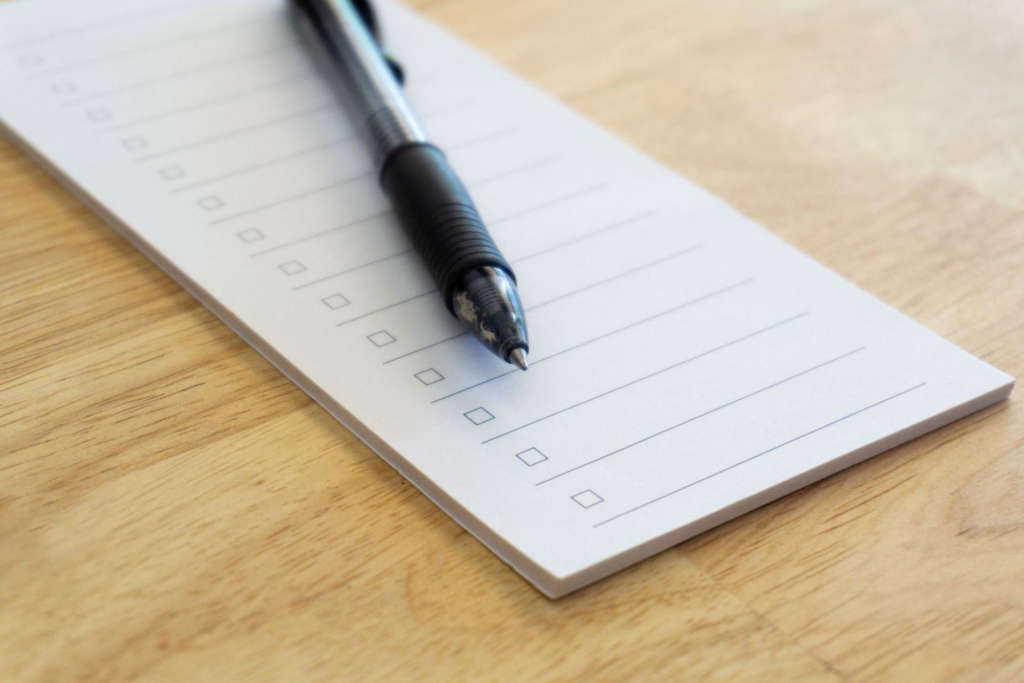
In downsizing, you would definitely need extra storage space, so it is advisable that you only take items that are actually useful to you. Making an inventory of your belongings will aid in the process of decluttering and determining which items will come with you.
Oftentimes, you may not consider disposing of some of your belongings because you think they will still be useful, but in reality, they won’t anymore. So they end up becoming clutter in the long run, preventing you from seeing other items that can serve more purpose to you. Keep in mind that if an item is left unused and unnoticed for a year or more, chances are that you don’t really need them and it may be time to dispose of them.
4. Go Through Items Per Room

Going through your items per room creates a systematic process of decluttering because you are able to sort through your items carefully and categorize them accordingly. You can sort your items by their usefulness. Simply get storage boxes and label them as “To Keep,” “To Donate,” and “To Be Disposed Of.” Doing this will help you better organize your things, avoid duplicates, and provide more storage space in your new home. Seasonal and sentimental items can be placed in a separate box and put up for storage. In sorting through your items, make sure that you only keep what you need because if you don’t, you will just be holding onto clutter.
5. Digitize Printed Documents and Media

Going digital with your printed documents and media helps lessen paper clutter. Why keep all the receipts, old bills, and documents stacked up when you can scan them? This way, you have a digital copy that will serve as a record. In the event that you will need a hard copy, you can just print one. This doesn’t mean that you have to get rid of every paper document because you can still keep original copies if necessary. As for media, like photos, you should definitely have them digitized, so you have a backup in case they get lost or their quality gets distorted over time while in storage.
6. Go for Multifunctional Furniture
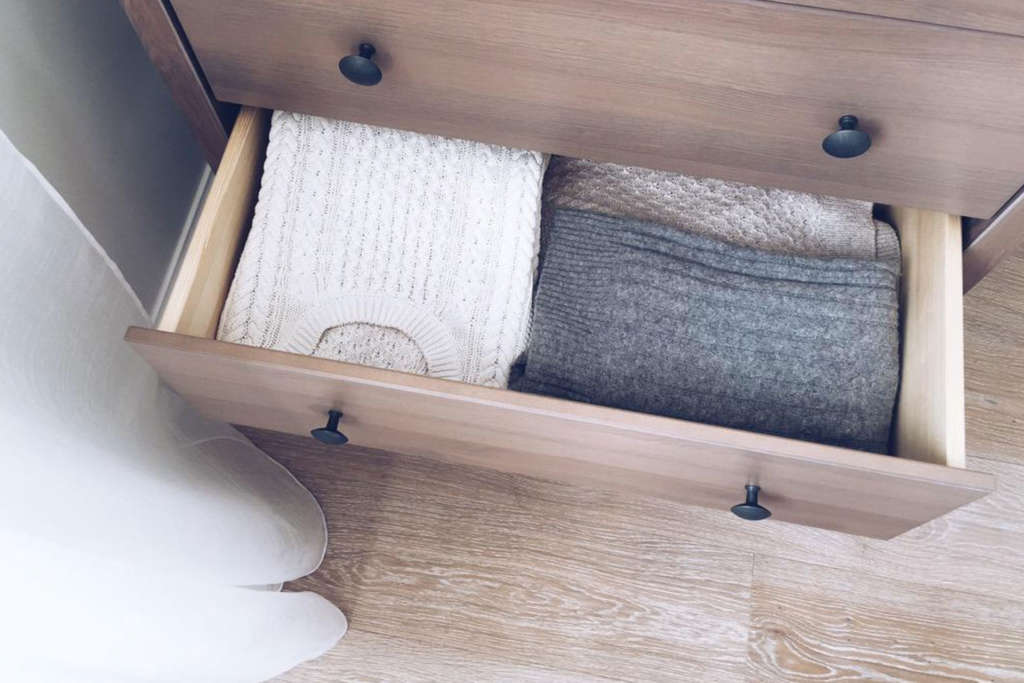
If you are looking into buying new furniture pieces, it will be ideal to opt for multifunctional furniture pieces such as beds, ottomans, wardrobes, bookshelves, nightstands, etc. that have built-in storage because they will come in handy for small living spaces. Measure the available space you have in your new home before buying furniture, so you can avoid going for the wrong size that will only leave you spending insignificantly for something that will not be helpful with your downsizing.
7. Utilize Storage Space
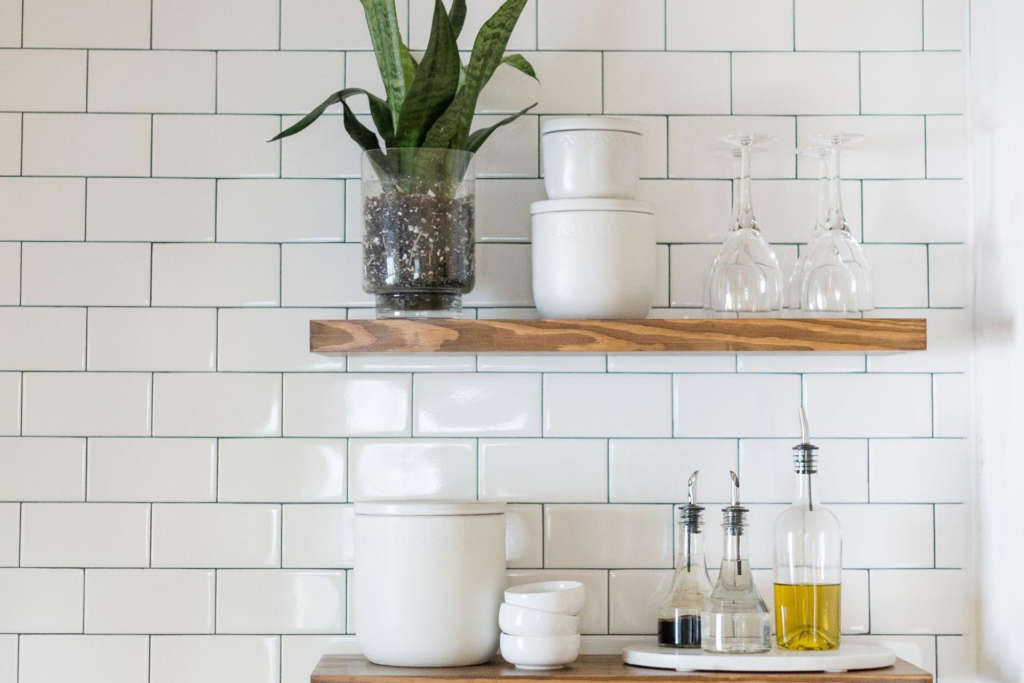
You can still do a lot even with a small living space. You just need to know how to properly utilize every storage space possible. Since you don’t have that much floor space, consider making use of the wall space. Install floating shelves in the living room, kitchen, bedroom, or any room that needs extra storage space. You can install hooks on the wall that you can use to hang clothing, kitchen utensils, and other items. Don’t forget the space under the stairs, it can also be used as an extra storage space for seasonal or sentimental items.
We hope that this article has been useful in listing down tips to help you successfully downsize.
In need of extra storage space for your belongings? Contact us today and we will be glad to assist you!

